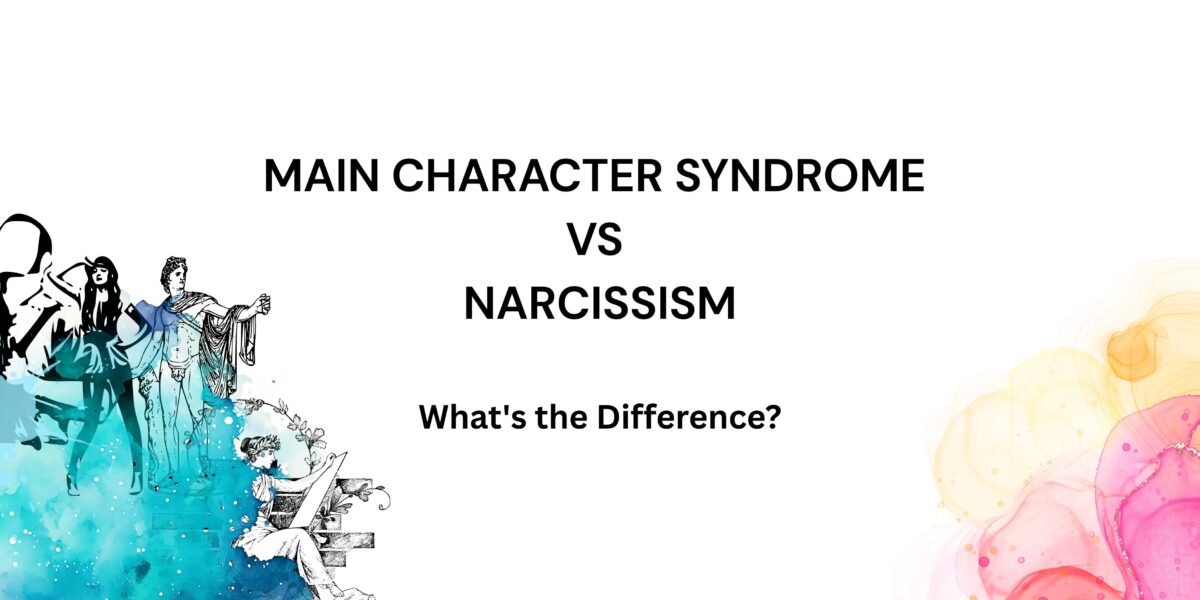In the digital age, it is likely that many concepts around self-expression and empowerment could be compared to narcissism. The main character syndrome is one such concept. Despite being associated with social media content creators, the main character syndrome can also be found in people in all walks of life.
Imagine a person using their AirPods to listen to relaxing music while enjoying their coffee in a city park. They then upload a status that reads, “Romanticizing my life because the center of the universe is in me.”
This is an example of “main character syndrome.” It can be understood as a self-centered storytelling technique in the modern age of social media and internet savviness.
However, doesn’t it look suspiciously similar to… narcissism?
And if it isn’t, at what point does the energy of the main character turn into narcissism?
The fact is that there is some overlap but clear distinctions as well, between the two concepts. Their causes, effects, and motivations are very different, despite the fact that they have characteristics in common, such as self-focus and a performance view of life. So, in this article, a psychological lens would be used to differentiate between toxic self-absorption and healthy self-celebration.
What is the Main Character Syndrome?
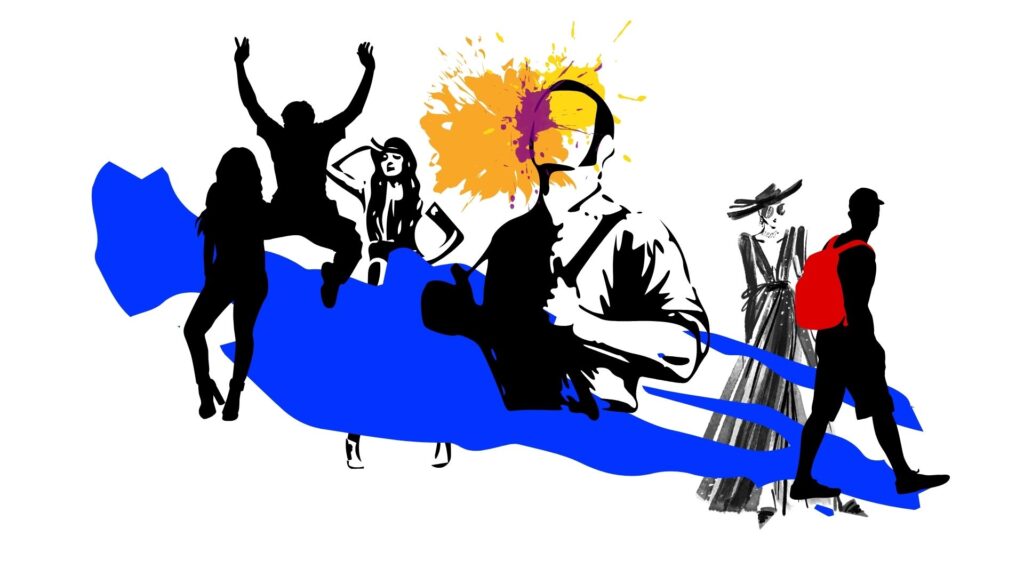
Pop culture coined the phrase main character syndrome to describe an individual’s urge to see oneself as the main character in life’s narrative. This means that someone with the main character syndrome self-narrates their experiences, often like a pre-written movie. Moreover, they also tend to idealize ordinary situations. Friends of someone with the main character syndrome might view them as too dramatic. They seem to act and make important choices in a way which seems as if they’re living a movie.
This term is not exactly scientific. But it captures a unique way people express their identity, particularly in the social media age.
The main character syndrome has a lot to do with imagination and one’s passions. As such, it can be considered positive as well. For example, in the life of a contact creator, it could involve actions such as publishing styled content that turns ordinary acts into perceived landmarks or recounting one’s life in cinematic terms.
Someone with this syndrome might also have a more empowered view of themselves. This self-perception, when based on humor, empathy and self-awareness, enables people to reclaim their experiences. Plus, if you’re friends with someone who has main character energy, you might also enjoy that they treat you as an important character too!
In this way, the main character syndrome could be particularly helpful for those who have traditionally felt marginalized.
And they could make for some very eccentric but interesting friends too!
What is Narcissism?
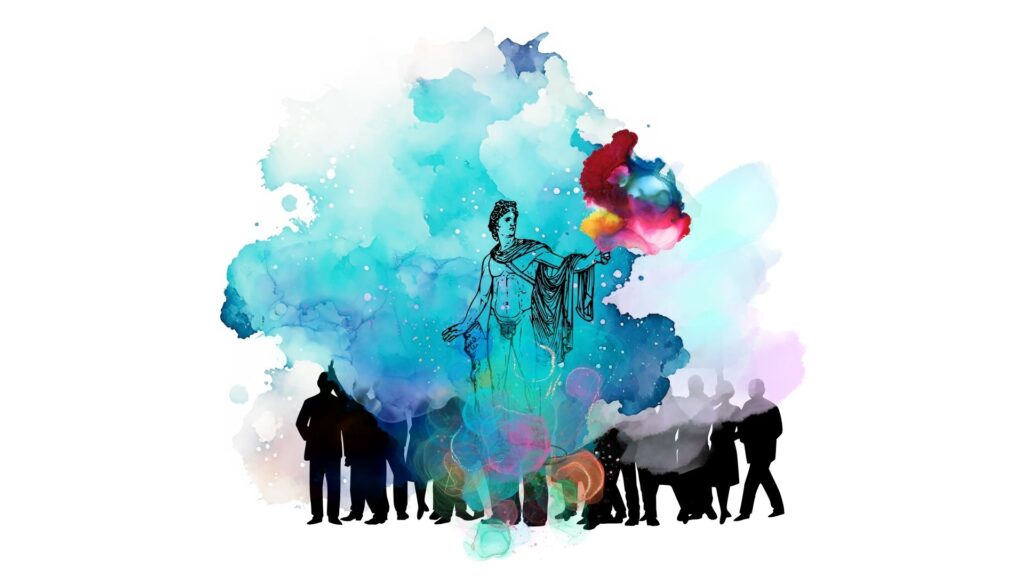
In contrast to main character syndrome, narcissism is an established psychological construct that has been extensively studied. Plus, it has both clinical and subclinical aspects.
Here, clinical aspects refer to dimensions of the concept which are related to mental health issues. Subclinical aspects relate to more clinically harmless aspects of the phenomenon.
On the clinical level, we have Narcissistic Personality Disorder (NPD). The hallmark traits for NPD are grandiosity, a lack of empathy, and an unquenchable need for adulation (American Psychiatric Association, 2013).
Conversely, subclinical aspects include a desire to stand out and comparatively harmless – but possibly irritating – behaviors to prioritize one’s own well-being over the other’s.
This makes narcissists not-so-great friends to have! Especially if they lack insight.
Categories of Narcissism
Grandiose and vulnerable narcissism are the two categories that psychological study distinguishes between. Vulnerable narcissists are typically defensive, too sensitive to criticism, and afflicted by insecurity, whereas grandiose narcissists tend to be charming, aggressive, and self-assured. Currently, there aren’t any similar categories used for the main character syndrome.
Narcissism also develops based on complex developmental factors. These factors include social experiences, early parenting practices, and genetic susceptibility. Giving kids too much praise without relating it to their real accomplishments can make them feel better about themselves. On the other hand, a weak self-image brought on by neglect or uneven affirmation can develop in compensatory narcissism.
In therapeutic contexts, narcissism is frequently a cover for underlying emotions of inadequacy rather than just excessive self-love.
Despite frequently projecting an air of self-assurance, people with NPD struggle with identity control and emotional connection.
First, we will look at some of the similarities between the main character syndrome and narcissism.
Overlaps Between Main Character Syndrome and Narcissism
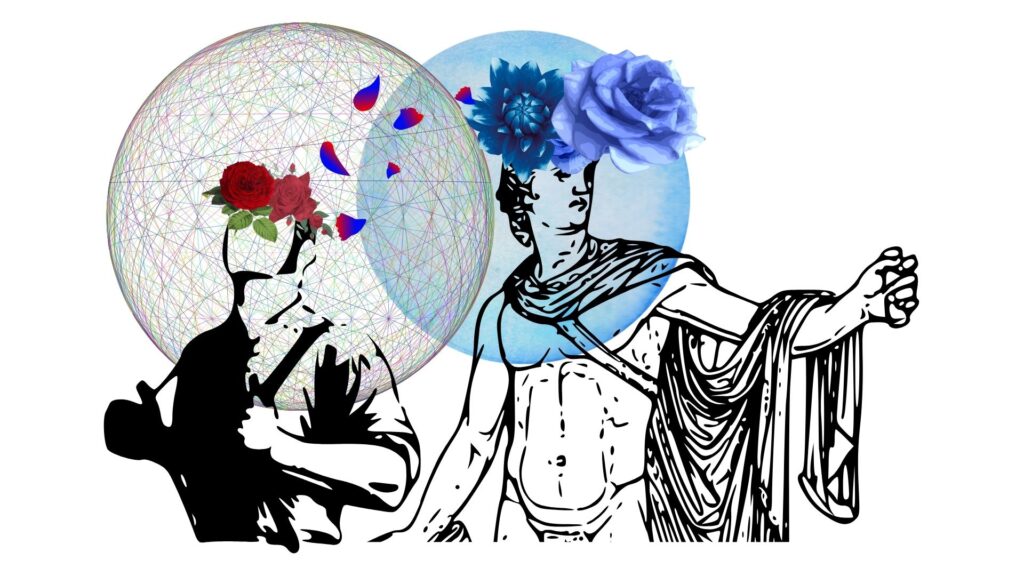
Although the main character syndrome is not an official disorder, it has a superficial resemblance with narcissism.
Both entail performative conduct, an increased emphasis on the self, and a desire to be seen. Because of this overlap, it is difficult to distinguish between self-celebration and self-obsession on sites like Instagram and TikTok.
Identity performance and the main character syndrome frequently coexist. Those that exhibit this syndrome may share a highly filtered view, describing their lives in the style of a script or openly display their feelings in visually appealing ways. Although these actions are not narcissistic, they nevertheless represent an identity that values attention and self-improvement.
This personality might also be triggered by the desire for approval through likes and shares.
Social media magnifies characteristics like self-promotion, aesthetic perfection, and emotional exhibition because of its algorithm-driven attention economy. A study found that grandiose narcissism correlates positively with several social media behaviors: increased time on platforms, more frequent status updates, larger friend networks, and more selfie-posting. These habits are also characteristics of the main character syndrome.
Furthermore, main character syndrome’s philosophical foundations point to a need, especially among excluded people, to regain narrative control. However, this only represents dark personality when narrative control turns into dominance and self-glorification overshadows empathy for others.
Key Differences Between Main Character Syndrome and Narcissism
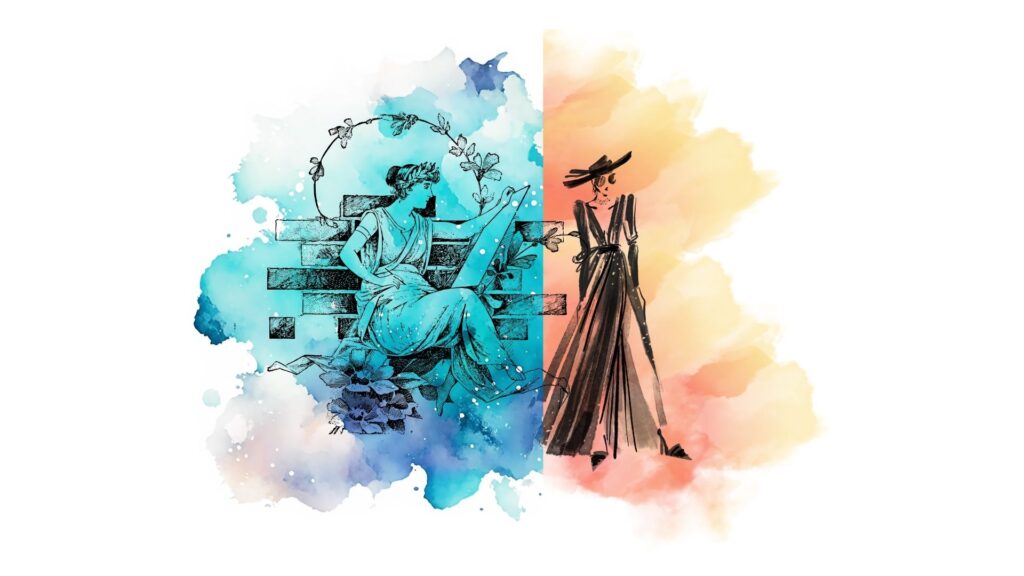
Despite similarities, there are important distinctions between narcissism and main character syndrome:
1. Empathy
Those with main character energy usually could be empathetic. They still care about other people. In fact, whether they dramatize their own lives for amusement or self-worth has no bearing on their ability to understand and relate to others’ emotions.
This is not the case with narcissists.
People who are narcissistic, particularly those who have NPD, have a limited capacity for true empathy. This is because narcissism involves viewing oneself as superior to others in ability as well as general value.
So, someone with main character energy understands and values others’ emotions even after their utility has ended. On the other hand, someone who has narcissistic tendencies might show empathy only to manipulate others as long as they have utility in the narcissist’s life.
2. Self-awareness
Irony or comedy are typically present together with main character syndrome. Some users may comment, “I know this is cringe, but I’m the main character today.” Conversely, narcissists frequently lack self-awareness and react defensively to criticism. In fact, irony is incorporated into a facade. Meaning that when a narcissist’s identity is threatened, they are likely to immediately withdraw ironic or self-deprecating humor.
People with main character energy might also use irony as a facade. But the difference is that when they become defensive, they are far less antagonistic or vitriolic.
3. Relationship patterns
As I mentioned earlier, individuals with the main character syndrome tend to see others as valuable co-stars. Thus, they also have a tendency to romanticize relationships. Much like in the movies, they might view their partner or friends as invaluable people who lead to their character development. So, people with main character energy often cherish close relationships.
On the other hand, someone with narcissistic traits usually does not have very close friends. In fact, closer relationships are often one-sided, with the narcissist prioritizing their needs and wants over the other’s. This leads to an imbalance.
However, it does not mean that narcissists don’t understand the importance of having personal bonds. Nevertheless, as said before, narcissists often use manipulation to keep the other person close to them.
But this created sense of closeness lasts as long as their demands are satisfied
When this doesn’t happen, narcissists turn from their initial idealization of spouses to manipulation and depreciation.
4. Motivation
People with main character energy view their life as a grand quest with a higher purpose. They also can believe in things such as destiny. However, even if they don’t, individuals with the main character syndrome might believe that they need to be in some ways larger than life.
In the case of the narcissist, the main motivation is to be perceived to be better than others.
Why is that the case?
Well, for a narcissist to feel good, they have to feel good about themselves, they usually would like to be positioned above others around them. This makes narcissists more prone to pursue prestige, authority, or adulation.
So, in the end, both the individual with main character energy and the person with narcissism might have apparently similar end results they are pursuing.
But they pursue these goals for very different reasons.
It should be noted that these distinctions are made more difficult by digital culture. Depending on intention and self-control, aesthetic self-expression can either promote mental wellness or strengthen narcissistic defenses.
Why the Confusion?
Online culture often encourages characteristics associated with narcissism. This fact is not a secret. On the contrary, public figures are often painted with a broad brush when it comes to calling someone out as a narcissist. Such a generalization ends up including people who have main character energy – which shares some features with narcissism even though at its core, it is a different phenomenon.
Furthermore, there is a clear lack of understanding of what narcissism actually is. And this dearth of psychoeducation is at the heart of the confusion between narcissism and main character energy. Many individuals don’t realize that narcissism frequently conceals intense emotional vulnerability; they only relate it with conceit or arrogance. Conversely, displays of self-love and confidence are occasionally mistakenly classified as narcissistic, which discourages constructive self-expression.
It is true that social media’s performative nature has normalized self-centered actions for younger generations, raised on digital affirmation. This fosters an atmosphere that rewards and even idolizes narcissistic tendencies.
But it’s important to distinguish between performative conduct driven by superiority and control and that driven by creativity and identity. Impact and intent are important.
After all, many individuals who have made a change in this world, from artists to entrepreneurs, have had main character energy. They seem to dominate in social and public interactions.
While they might seem to be narcissistic, their motivations often are a result of personal passions which do not involve being superior to others.
Conclusion
Main character syndrome makes an individual keep and express one’s own narrative. It is also an empowering reaction to a chaotic reality. On the other hand, narcissism is a result of psychological trauma and frequently damages relationships. There certainly is some overlap, but usually only in the performative aspect.
Being aware of the differences and similarities enables us to appreciate individuality without losing sight of others.
For someone with main character energy, “Am I seeking connection, or just attention?” should be your question as you share, post, or tell your tale.
You may be the protagonist.
Remember that the supporting cast is equally important.
References
- Brummelman, E., Thomaes, S., & Sedikides, C. (2016). What makes narcissists bloom? A framework for research on the etiology and development of narcissism. Development and Psychopathology, 28(4pt1), 1211-1221. https://doi.org/10.1017/S0954579416000814
- Bučková, Z. (2018). The culture of narcissism in the postmodern society. Marketing Identity, 6(1/2), 37-49.
- Miller, J. D., Lynam, D. R., Hyatt, C. S., & Campbell, W. K. (2017). Controversies in narcissism. Current Directions in Psychological Science, 30(3), 219-226. https://doi.org/10.1177/09637214211044109
- Ronningstam, E. (2011). Narcissistic personality disorder: A clinical perspective. Journal of Personality Disorders, 28(4), 611-630. https://doi.org/10.1080/14753634.2014.894225
- Sedikides, C., & Gebauer, J. E. (2022). The cultural psychological affordances of social media. Social and Personality Psychology Compass, 16(2), e12572. https://doi.org/10.1111/spc3.12572
- McCain, J. L., & Campbell, W. K. (2018). Narcissism and social media use: A meta-analytic review. Psychology of Popular Media Culture, 7(3), 308–327. https://doi.org/10.1037/ppm0000137
- Kapur, M. (2021). The self in flux: Performing identity in digital culture. Psychological Studies, 66, 157-165. https://doi.org/10.1007/s12646-020-00586-4
I am a Clinical Psychologist and a Lecturer of Psychology at Government College, Renala Khurd. Currently, I teach undergraduate students in the morning and practice psychotherapy later in the day. On the side, I conjointly run Psychologus and write regularly on topics related to psychology, business and philosophy. I enjoy practicing and provide consultation for mental disorders, organizational problems, social issues and marketing strategies.

